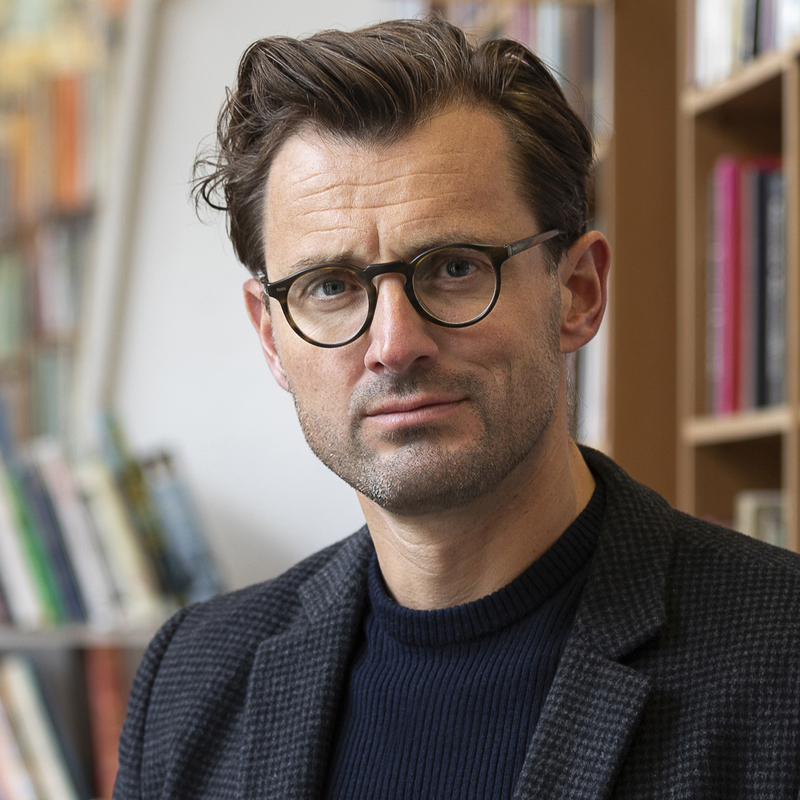Ragnar Helgi Ólafsson

Ragnar Helgi Ólafsson
The enigmatic title of the poetry collection Laus blöð (“Loose sheets”, not published in English) sets the tone for the book as a whole. Everything is different to what it seems, and we tend to think that we’re different to what we really are. Laus blöð is no exception. The volume has no loose sheets. They are bound so as not to be lost. This explanation is given on a separate strip of paper. Each copy also comes with a specially printed bookmark with a numbered list containing page numbers and instructions on the order in which the poems in that particular copy should be read. In other words, the book has not been bound with the pages in the order they should be read. Looking up the next poem with the help of a page number makes for an entertaining reading experience, much like playing a game or hunting for treasure.
The first row of numbers on the bookmark is to be read from left to right, the second row from right to left, the third row from left to right again, and so on and so forth.
The book has a table of contents that does not correspond with the bookmark’s instructions. Nothing is as it seems. On the pages of the book, the poems follow the same order as in the table of contents, which means that they are presented to us in two different orders. These could be called the printing order and the reading order, but the book is also divided into chapters that are numbered in an unusual order. The third part comes first, then the first part, then the fourth part and so on.
The book is beautifully designed. It is quite simply a work of art, and the way it plays with the sequence of the poems appears as an extension of its design, reminding us that nothing here is by chance. The unexpected trumps the normative and the predictable. The idea behind each poem has been ingeniously built into the typography.
The poems are wide in range and express both tenderness and sharp thinking. The most frequent and characteristic theme, however, is the one already mentioned. When you look, not everything is as it seems, and perhaps one of poetry’s most important missions, in both the past and present, is indeed to remind us of how much is hidden from us. This is an interesting perspective in the present day and consumer culture where we are constantly bombarded with the message that everything is exactly as it seems and that there is nothing better.
The joke in Laus blöð is both serious and not serious. The perceptions and ideas that this gives rise to in the reader include:
The only real false consciousness is consciousness as such. Why must literature reflect reality? Is it to be able to have a back-up? You can’t swap someone who knows how to fly a plane with someone who knows how to fly in a plane, as it can be a matter of life and death. It’s the same for debt, and the feeling of indebtedness. Dreams are fact in this book. The one who speaks in the poem has a doppelgänger, and it’s probably about him, himself. The hair is firmly rooted in the scalp and does not resist the wind, making its movements a thing of beauty. Seen from above, the city resembles the cross-section of a brain.
Perhaps it is in the nature of poetry to seek out what we cannot confirm or grasp in consciousness. It can take a solemn and serious form, but it can also be simple and humorous. Here is a short poem from Ragnar Helgi’s book. Not even photographs can be trusted:
A photo
maybe
is the cause of
how strange I think it is
that you have that photo
of a sleeping man
and
that I’m the man
and I’ve never
seen him sleep